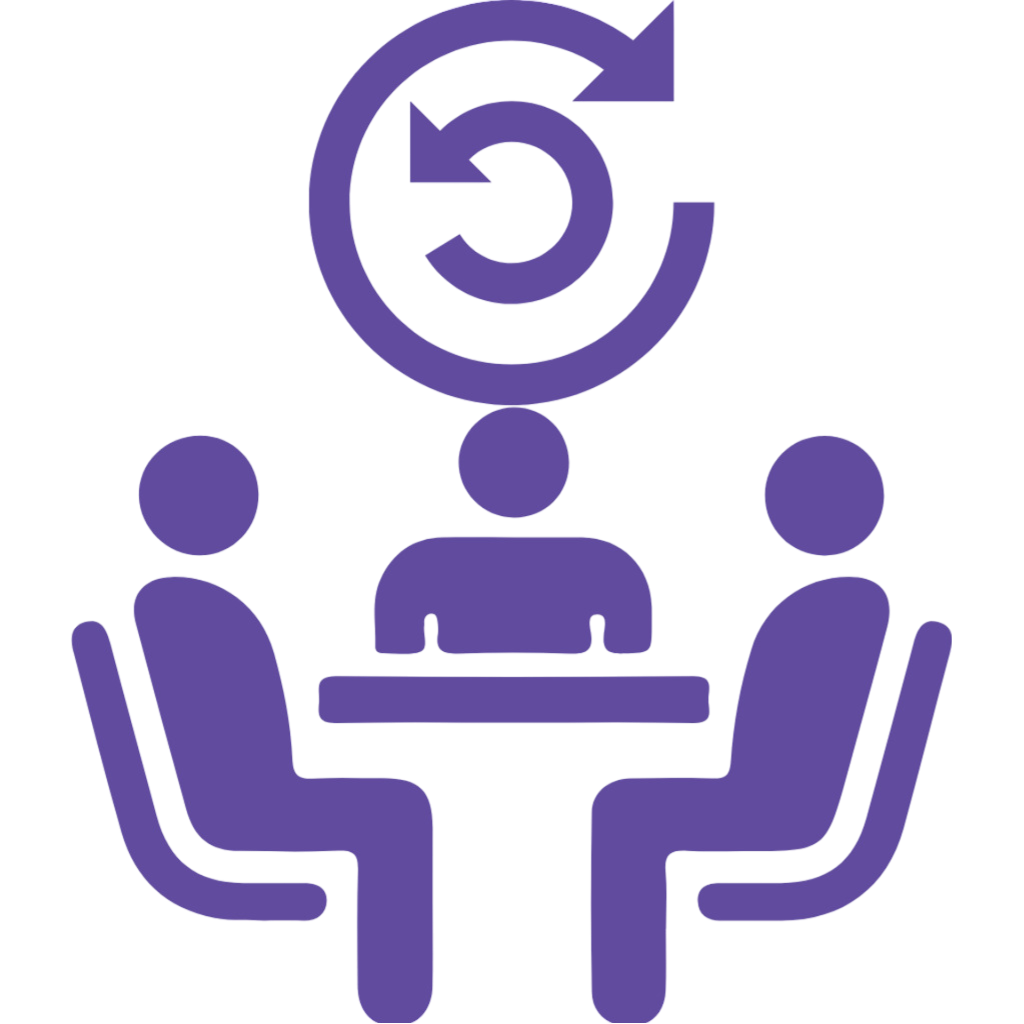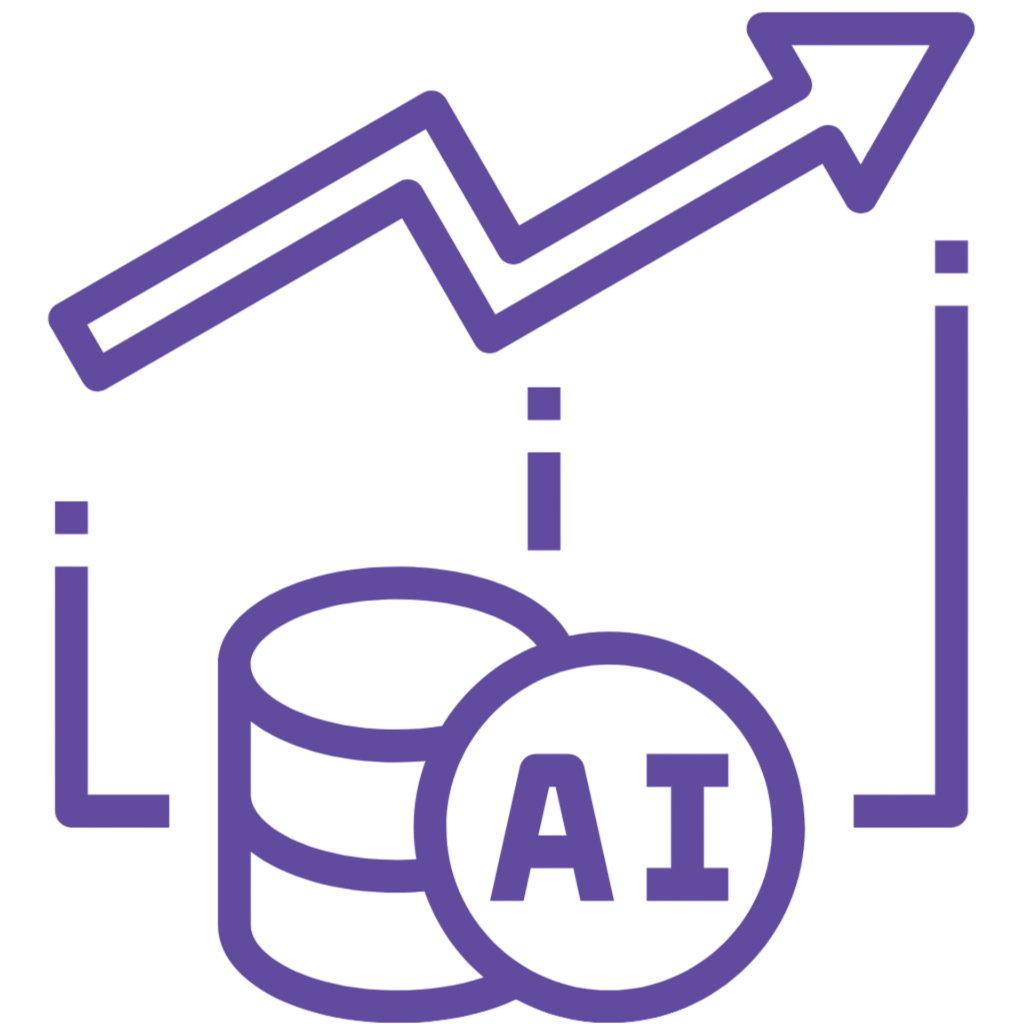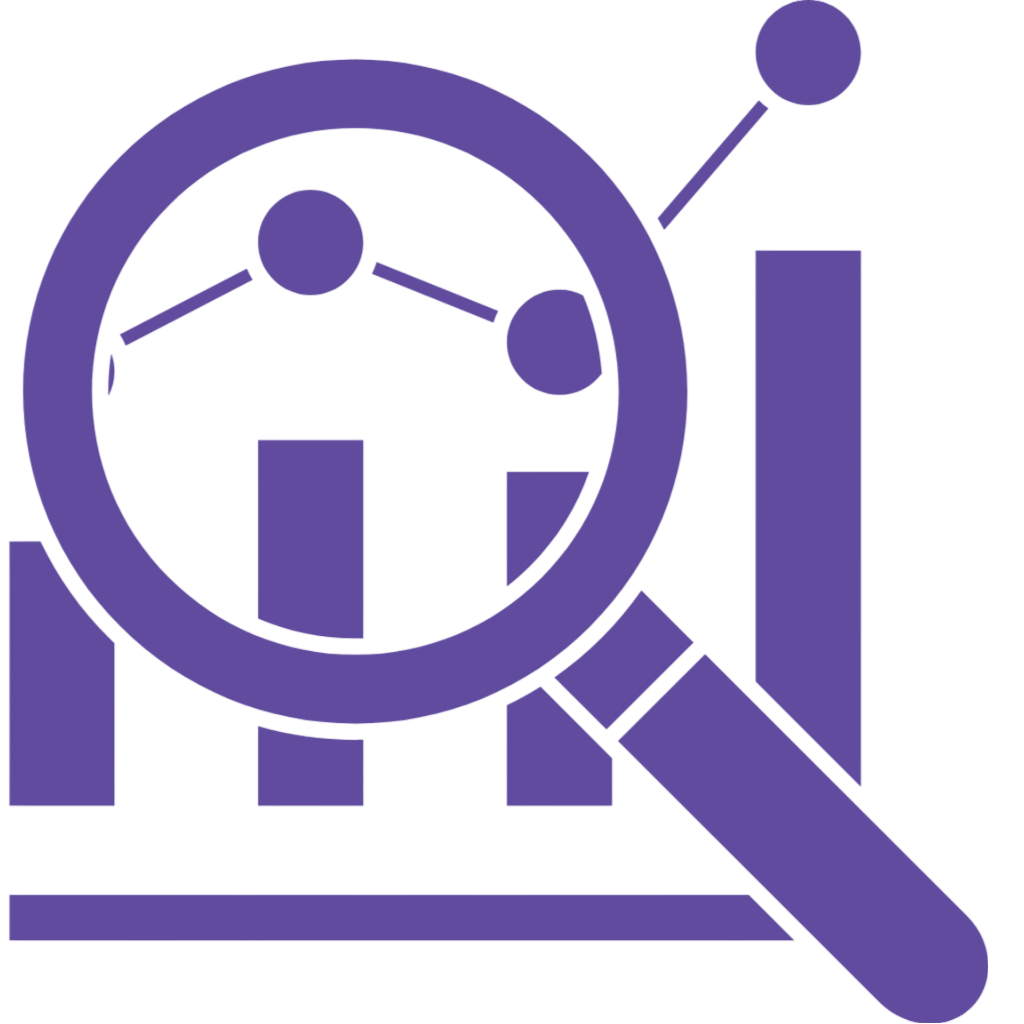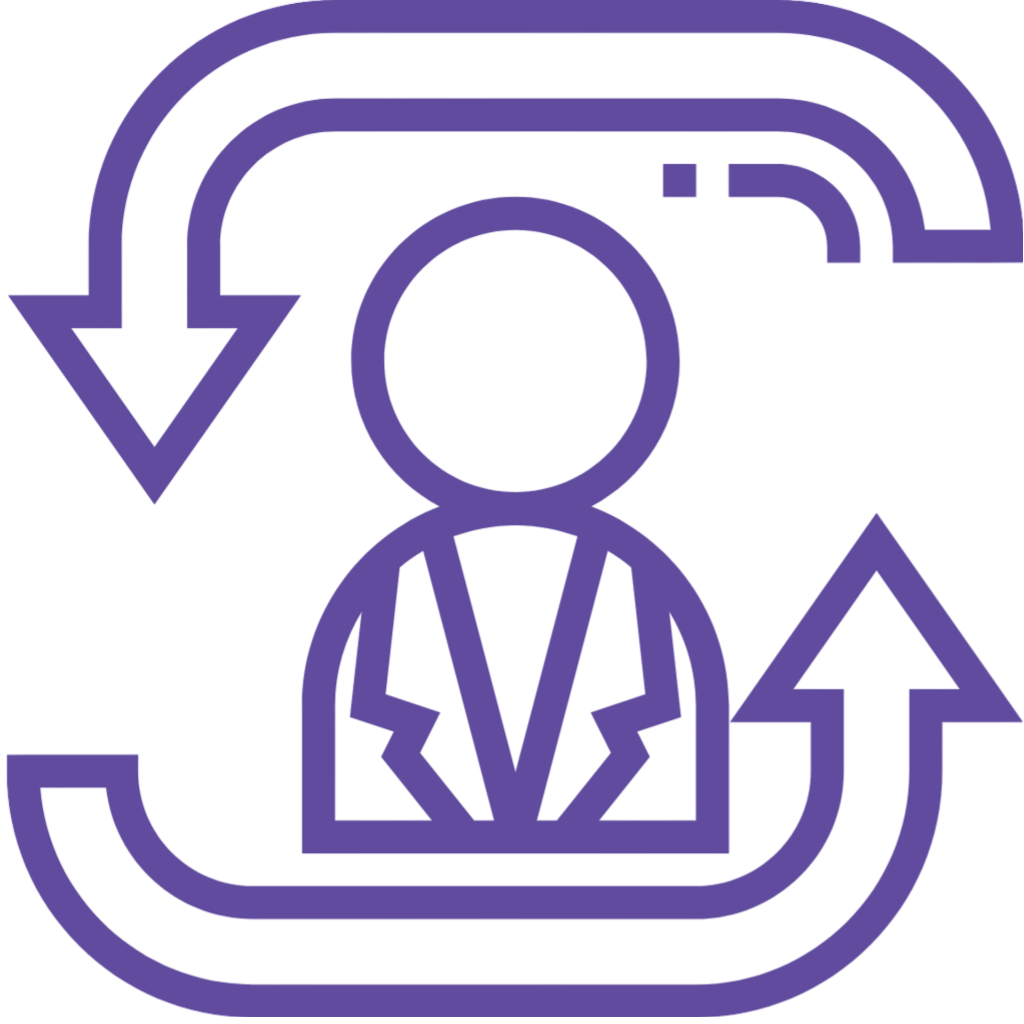Agile methodologies have transformed the landscape of project management, offering flexibility, adaptability, and a focus on delivering customer value iteratively. However, in today’s fast-paced business environment, organizations are constantly seeking ways to further enhance their Agile practices to improve efficiency and productivity. One promising avenue for achieving this goal is the integration of predictive analytics. Let’s delve into how predictive analytics can elevate Agile practices and drive efficiency in project delivery.
Understanding Agile Practices:
Agile methodologies emphasize iterative development, collaboration, and responsiveness to change. Teams work in short cycles, delivering small increments of functionality and incorporating feedback from stakeholders to refine the product continuously. Agile practices promote transparency, communication, and a customer-centric approach, enabling teams to deliver high-quality products efficiently.
Challenges in Agile Practices:
While Agile methodologies offer numerous benefits, they also present challenges, particularly in predicting project outcomes, managing resources effectively, and ensuring timely delivery. Traditional Agile practices rely on empirical data and team estimation, which may not always be accurate or reliable, leading to delays and inefficiencies. As projects become more complex and teams scale, the need for more advanced tools and techniques becomes evident.
The Role of Predictive Analytics:
Predictive analytics involves leveraging historical data, statistical algorithms, and machine learning models to forecast future outcomes. By analyzing past performance metrics, predictive analytics can provide valuable insights into project progress, resource utilization, and potential risks. Integrating predictive analytics into Agile practices enables teams to make data-driven decisions, anticipate challenges, and optimize their processes for improved efficiency and productivity.
Benefits of Enhancing Agile Practices with Predictive Analytics:
- Improved Planning and Forecasting: Predictive analytics enables teams to forecast project timelines, identify potential bottlenecks, and allocate resources more effectively. By anticipating risks and uncertainties early on, teams can adjust their plans proactively and ensure smoother project execution.
- Optimized Resource Allocation: By analyzing historical data on team capacity, workload, and performance, predictive analytics helps teams optimize resource allocation for maximum efficiency. This ensures that the right resources are assigned to the right tasks at the right time, minimizing idle time and maximizing productivity.
- Enhanced Risk Management: Predictive analytics can identify potential risks and issues before they escalate, allowing teams to implement mitigation strategies preemptively. By addressing risks early in the project lifecycle, teams can reduce the likelihood of project delays and cost overruns, ensuring timely delivery of high-quality products.
- Continuous Improvement: By analyzing project data and performance metrics, teams can identify areas for improvement and implement iterative changes to their Agile processes. Predictive analytics facilitates a culture of continuous improvement, enabling teams to adapt and evolve their practices to achieve better results over time.
Integrating predictive analytics into Agile practices offers significant opportunities for organizations to enhance efficiency, productivity, and project delivery. By leveraging data-driven insights, teams can make informed decisions, mitigate risks, and optimize their processes for success. As organizations continue to embrace Agile methodologies in an increasingly competitive landscape, predictive analytics from platforms like Kine will play a crucial role in driving continuous improvement and delivering value to customers efficiently.










